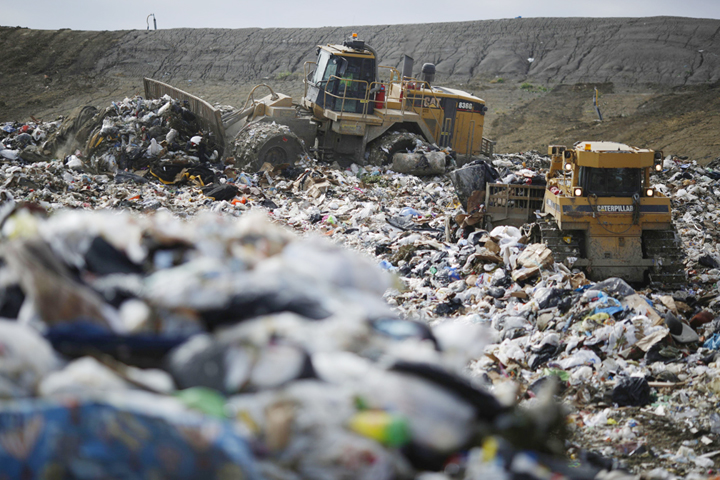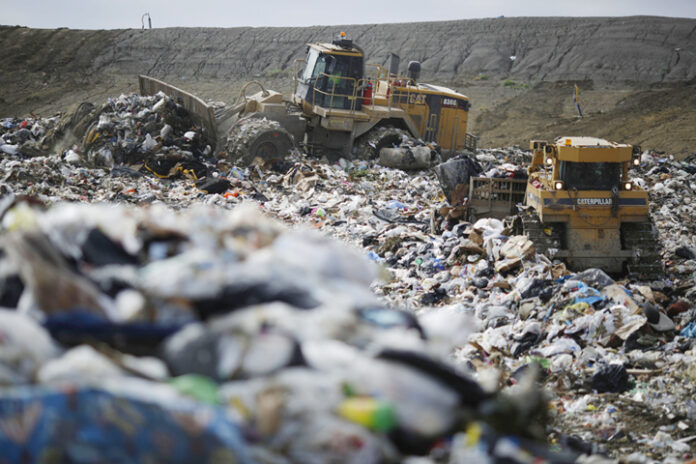
The world’s biggest renewable-diesel producer is looking to convert everything from tree limbs to landfill garbage into fuel for motor vehicles and planes as demand surges for low-carbon fuel sources.
In Canada’s Quebec province, Neste Oyj is part of a consortium looking at the possibility of building a refinery that would use forestry waste such as treetops and branches to produce renewable diesel, Jeremy Baines, president of the Finnish company’s North American operations, said in an interview.
The search for additional feedstocks comes as demand strains availability of traditional biofuel ingredients like soy oil, contributing to food inflation and destruction of forests to plant crops. More fossil-fuel companies are entering the market, and United States production capacity for renewable diesel is expected to jump almost sixfold by the end of 2024, according to JPMorgan Chase & Co. Neste said it isn’t worried about heightened competition for raw materials.
“It’s fun to see the petroleum companies starting to do what we worked at 15 years ago,” Baines said. “It’s also a demonstration that the oil industry has got the skills and assets to convert from petroleum to renewable.”
Neste, which works with low-carbon-intensity sources like used cooking oil and animal fats, also is studying potential raw materials including crops used to enrich soil to solid landfill waste. The company currently doesn’t use soy oil or other edible oils to make renewable diesel in North America.
Green jet fuel
The push for new feedstocks comes as Neste is also looking to expand into the markets for “green” jet fuel and bioplastics. It has a head start as the world’s biggest maker of sustainable aviation fuel. “There are no electric cables long enough to power a plane,” Baines said.
In the US, more states are adopting low-carbon fuel markets similar to California’s, while Canada is rolling out subsidies to curb emissions from crude-based motor fuels.
“You really have this green corridor of states and provinces that are looking to decarbonize their transportation,” Baines said.
Tradable biomass-based diesel credits, used to track compliance with US biofuel blending rules, have more than doubled since November, when the election of President Joe Biden raised the outlook for stronger environmental market policies.
As far as the threat of electric vehicles to the biofuels industry, Baines said he’s not concerned and also personally owns an EV.
“There’s no one magic bullet to decarbonize,” he said. “We will need electrification. We will need hydrogen. We will need liquid renewable fuels. There is space for everyone in this.”
Neste has also experimented for years with some potential biofuel feedstocks such as algae, and these new ingredients are now very close to becoming viable, he said.
“I think with most of these we are pretty close. This is not something that is 10 years out. This is less than 10 years out. This is probably more in the three to five year” range, he said.
Image courtesy of Bloomberg
Read full article on BusinessMirror

